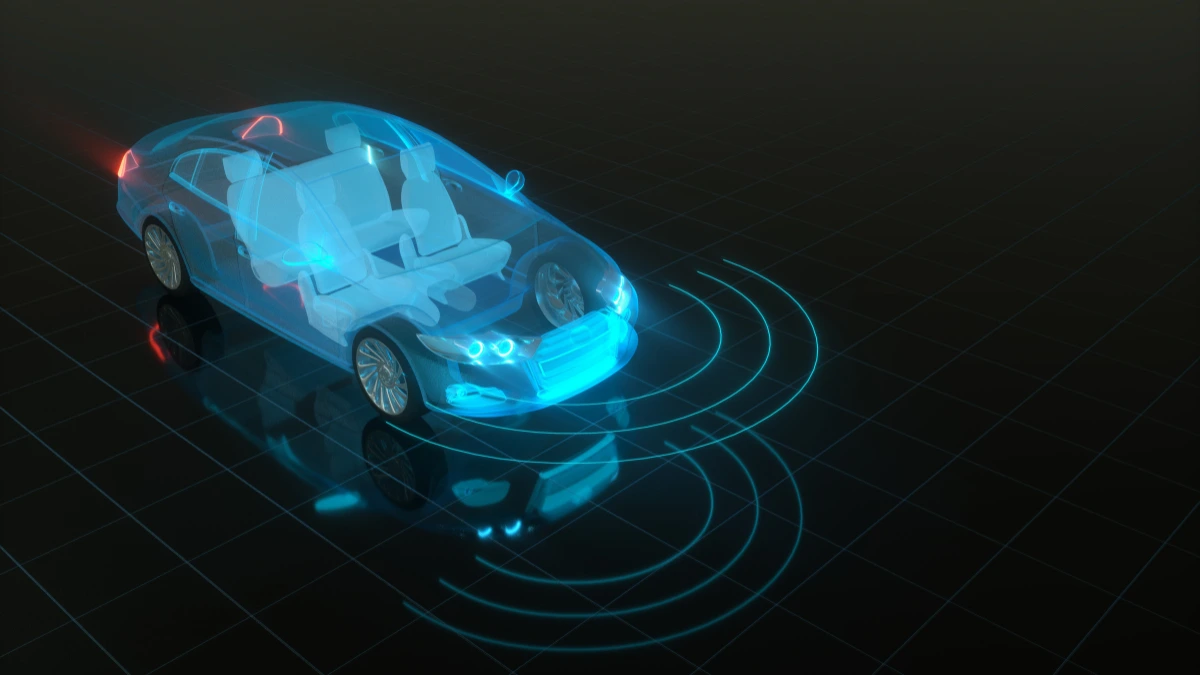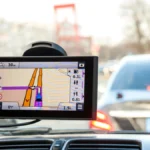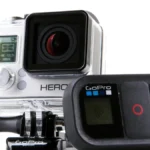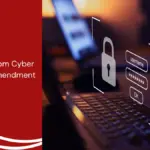As a vehicle safety system, automotive radar technology is growing as the digital world develops.
Automotive radar helps improve driving safety because it can detect objects around the vehicle, so it can help the driver in various situations. Are you familiar with this technology?
This article will discuss automotive radar from its definition, function, types, and regulations in Indonesia.
Also Read
Table of Contents
What is Automotive Radar?
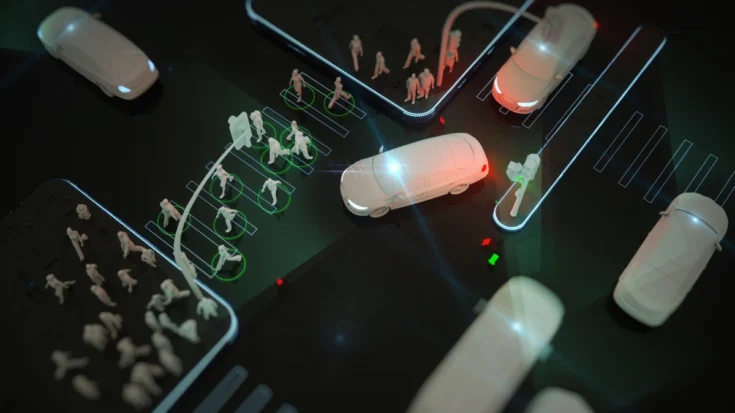
Automotive radar is a radio wave-based framework utilized in vehicles to identify vehicles, individuals, creatures, and other objects around them.
This technology works to analyze the reflection of these waves to determine the distance, speed, and direction of objects around the vehicle by sending electromagnetic waves.
This technology is becoming a key component in driver assistance systems (ADAS – Advanced Driver Assistance Systems) that are increasingly common in modern vehicles.
Automotive radars operate at microwave frequencies, which cover a range of 24 GHz to 81 GHz, depending on the type of radar and regulations in a country.
The Functions of Automotive Radar
In general, automotive radar has several main functions, including the following:
- Detecting objects around the vehicle in real-time thus improving driving safety.
- The Automatic Emergency Braking (AEB) feature, which automatically activates the brakes if there is a potential collision, it can greatly minimize the risk of accidents.
- It supports driver assistance systems (ADAS) such as Adaptive Cruise Control (ACC) that automatically adjust the vehicle speed.
- Assists in parking with Park Assist and Rear Cross Traffic Alert (RCTA) features.
The Types of Automotive Radar
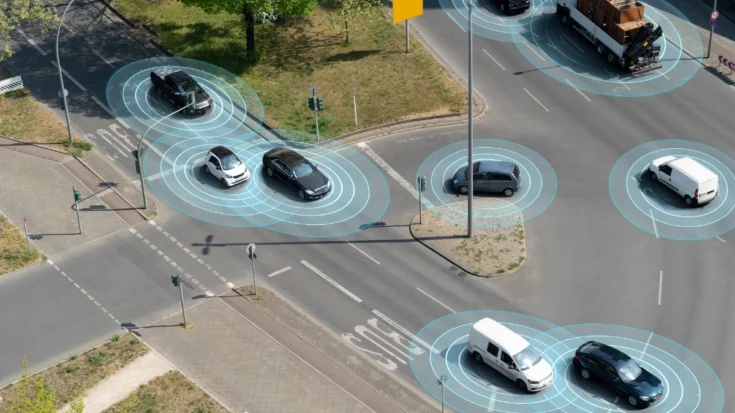
Automotive radars can be differentiated based on frequency. Here are some types of radars that are often used in the vehicle industry:
Short-range radar (SRR)
This type of radar is for separations of 15-50 meters and a FOV of 80-90 degrees in the frequency of 24 GHz. The function of the radar is to detect objects at close range which is commonly used in Blind Spot Detection (BSD) and Park Assist features.
Medium-range radar (MRR)
This radar type is for a range of 50-150 meters and an FOV of 50-60 degrees in the frequency 76-81 GHz. The function of this radar is to help detect vehicles in the same lane in traffic commonly used in adaptive cruise control (ACC) systems.
Long-range radar (LRR)
This type of radar has a range of 150-250 meters or more and a field of view (FOV) of 20-25 degrees in the frequency 77 GHz. The function of the radar adalah untuk memantau kondisi jalan dan kendaraan dalam jarak jauh yang biasa digunakan dalam system Forward Collision Warning (FCW) dan Emergency Breaking Assist.
High-Resolution Radar (HRR)
This type of radar has a frequency of 79 GHz. This radar has a function to detect higher details than conventional radars commonly used in autonomous vehicles for 3D mapping of the surrounding environment.
Automotive Radar Regulations in Indonesia

Automotive radar uses communication technologies such as Short Range Devices (SRD) that operate within a specific frequency spectrum. In Indonesia, any SRD-based wireless device is required to have DJID (Directorate General of Digital Infrastructure) under the Ministry of Communication and Digital (KOMDIGI).
This is based on KEPMEN No. 260 Tahun 2024, which requires all radio frequency-based devices, including automotive radar, to meet specific technical standards before being sold in the country.
The certification ensures that the product meets government safety and quality regulations and does not interfere with other communication devices. The certification process involves technical testing, such as frequency adjustments, safety checks, and compatibility with the surrounding environment.
Once the tests are completed, products that pass are listed in a Test Result Report, which confirms that the product is safe and ready for sale in Indonesia. This report reassures customers that the product meets technical standards and is secure.
For companies wanting to sell automotive radar in Indonesia, Type Approval Certification Services for ICT Products are available to assist with this process. This service includes preparing technical and legal documents, conducting required testing, ensuring compliance with regulations, helping companies streamline the certification process, and giving consumers confidence in certified products.

